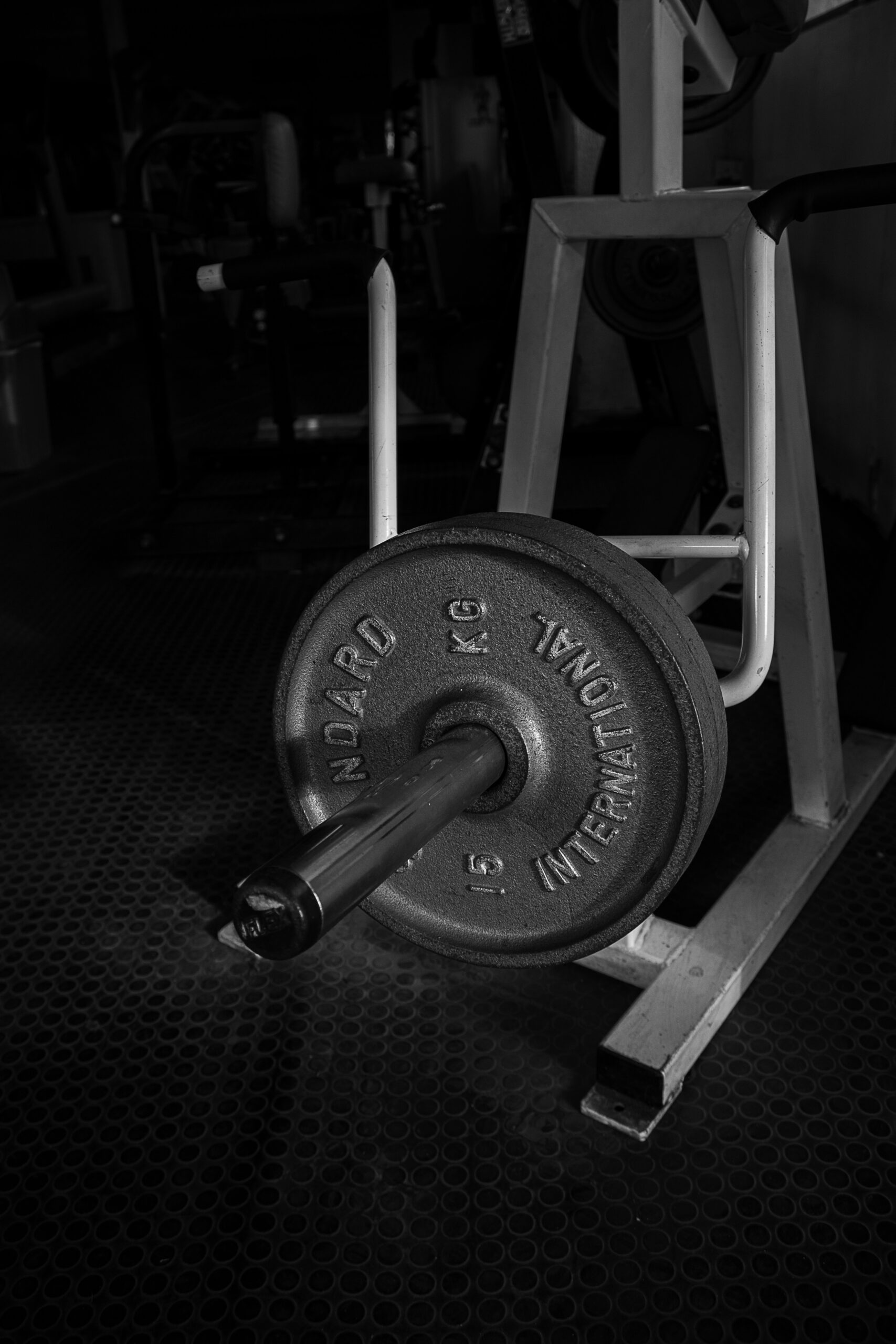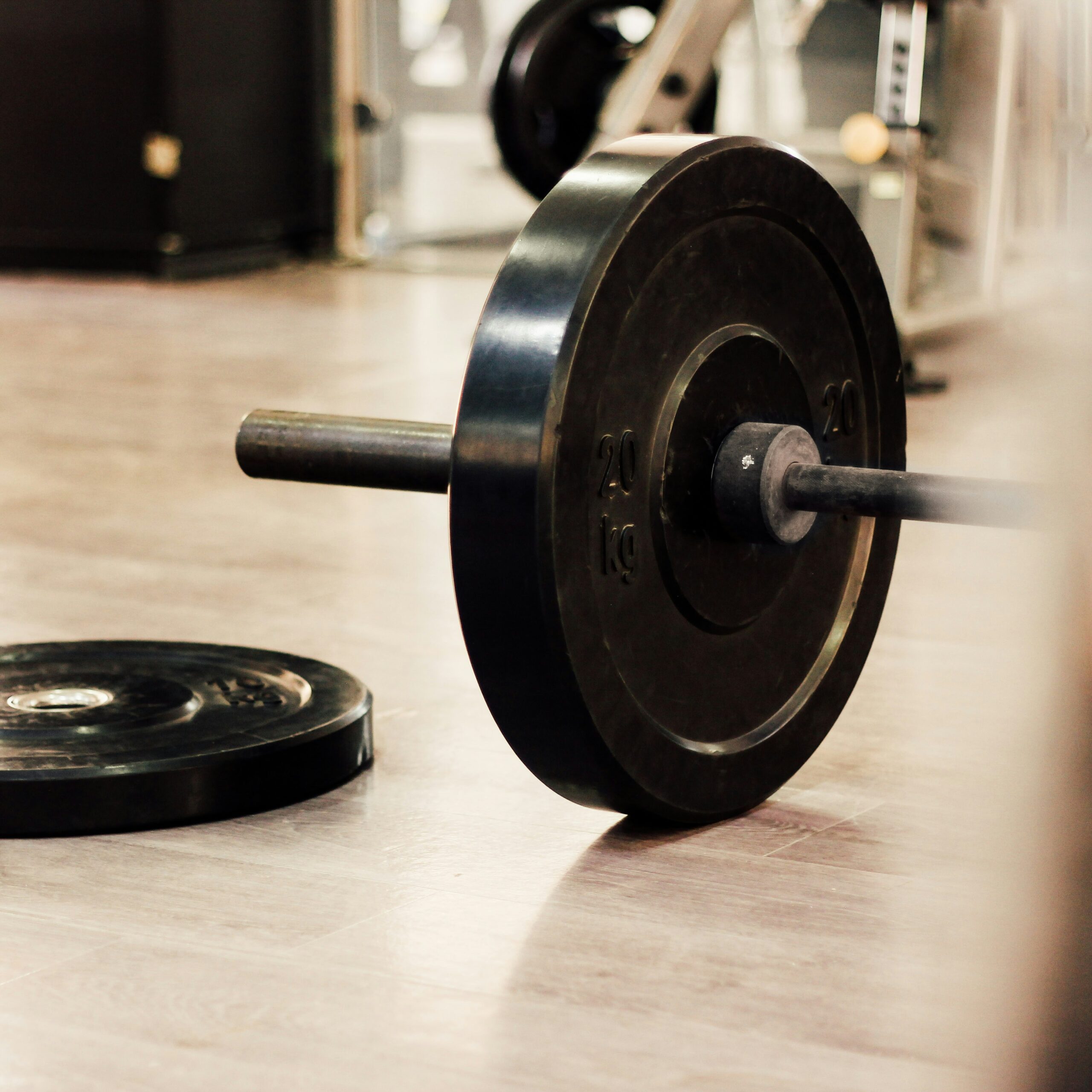Unlocking the Mind-Body Connection for Peak Athletic Performance
When we think of peak athletic performance, images of lightning-fast sprinters, powerful weightlifters, and graceful gymnasts often spring to mind. However, behind these impressive physical feats lies an often-overlooked element: the mind-body connection. It’s a concept that transcends the mere physicality of sports and taps into the psychological and emotional aspects that can propel an athlete to greatness. So, how do we unlock this connection and harness it for peak performance? Let’s dive in.
The Science of the Mind-Body Connection
To truly grasp the significance of the mind-body connection, it’s essential to understand the science behind it. The brain and body are in constant communication, exchanging signals that influence everything from muscle contractions to emotional states. Research has shown that mental techniques can enhance physical performance, and this is where the mind-body connection comes into play.
Neuroscientific studies indicate that visualization, focus, and mindfulness can alter not only an athlete’s mental state but also their physiological response. For instance, when an athlete vividly imagines themselves executing a perfect jump, their brain activates similar neural pathways as if they were physically performing the jump. It’s a fascinating interplay of psychology and physiology that many athletes are beginning to embrace.
The Power of Visualization
Let’s take a moment to talk about visualization. I remember sitting in on a seminar with a renowned sports psychologist who described it as “mental rehearsal.” He emphasized that it’s not merely daydreaming about winning the Olympics—there’s a structured approach to it. Athletes are encouraged to visualize every detail: the sights, sounds, and even the smells of competition day. It’s about creating a mental blueprint for success.
Studies suggest that athletes who routinely practice visualization report increased confidence and reduced anxiety. A significant number of Olympic athletes, for example, incorporate visualization techniques into their training regimens. They envision themselves standing at the starting line, feeling the adrenaline coursing through their veins, before taking off like a shot. The brain, in essence, begins to prepare the body for the actual event.
Mindfulness: Staying Present
Another crucial element of the mind-body connection is mindfulness. In the fast-paced world of sports, it’s all too easy to get caught up in future outcomes or past mistakes. (Trust me, I’ve been there—there’s nothing like reliving that missed goal in your head for the rest of the game!) Mindfulness, however, encourages athletes to focus on the present moment, which can enhance performance.
Research indicates that mindfulness training can improve attention, reduce stress, and increase overall well-being. Athletes who practice mindfulness often report better concentration and a greater ability to cope with the pressures of competition. Techniques such as meditation, deep breathing, and progressive muscle relaxation are often employed to cultivate this state of awareness.
Emotional Regulation and Performance
Let’s not forget about emotions. They play a pivotal role in athletic performance. An athlete’s ability to regulate their emotional state can significantly impact their performance levels. During high-stakes competitions, feelings of anxiety, excitement, and even fear can surface. How an athlete manages these emotions can either propel them to success or lead to failure.
Research highlights that athletes who possess emotional intelligence—an awareness of their emotions and the ability to manage them—tend to perform better under pressure. Techniques such as cognitive restructuring (which involves changing negative thought patterns) can help athletes maintain composure and focus during critical moments. I often recall a basketball game where a star player, known for his emotional outbursts, channeled his nerves into energy, ultimately leading his team to victory. It’s a perfect example of emotional regulation in action.
Physical Preparation Meets Mental Readiness
It’s clear that mental readiness is just as crucial as physical preparation. A well-rounded training regimen should include both elements. Athletes often spend countless hours honing their physical skills, yet neglect the mental aspect of their game. This oversight can create a gap that hinders their overall performance.
Consider this: an athlete might be in peak physical condition but if they step onto the field with self-doubt or anxiety, their performance may falter. Conversely, an athlete who is mentally prepared may find ways to push through physical fatigue. This is the essence of the mind-body connection—balancing physical prowess with mental fortitude.
Practical Strategies for Athletes
Now that we’ve explored the theory, let’s get down to some practical strategies athletes can employ to enhance their mind-body connection:
- Regular Visualization Sessions: Set aside time each week to visualize performance scenarios. This could be as simple as imagining a perfect stride or executing a flawless routine.
- Mindfulness Training: Engage in mindfulness practices such as meditation or yoga. Even a few minutes of focused breathing can help ground an athlete before a competition.
- Journaling: Keeping a performance journal can help athletes reflect on their emotional states before and after competitions. This can reveal patterns and areas for improvement.
- Positive Affirmations: Use positive self-talk to combat negative thoughts. Phrases like “I am strong” or “I can do this” can help foster a confident mindset.
- Emotional Check-Ins: Regularly assess emotional states. Understanding when anxiety or excitement is creeping in can help athletes manage their responses.
Success Stories: Real-World Applications
To bring these concepts to life, let’s look at some real-world examples of athletes who have successfully harnessed the mind-body connection.
Take the legendary Michael Jordan, for instance. Known for his intense focus and competitive spirit, Jordan often visualized his plays before games. He famously stated, “I can accept failure, everyone fails at something. But I can’t accept not trying.” This mindset, combined with rigorous practice and visualization, propelled him to become one of the greatest basketball players of all time.
Another example is Olympic swimmer Michael Phelps. His coach, Bob Bowman, instilled a routine of mental rehearsal and visualization in Phelps from a young age. Phelps would picture himself swimming each race perfectly, right down to the feel of the water. His ability to stay calm under pressure, often attributed to mindfulness and emotional regulation techniques, helped him secure a staggering 23 gold medals.
These athletes demonstrate that the mind-body connection isn’t just a theory—it’s a practical tool for achieving greatness in sports.
Challenges in Cultivating the Connection
Of course, it’s not all smooth sailing. Many athletes face challenges when trying to cultivate the mind-body connection. Skepticism about the effectiveness of mental training can be a significant barrier. Some may view it as “fluffy” or unnecessary—something that’s only for those who can’t cut it physically. (Oh, the irony, right?)
Additionally, the pressure to perform can create a mental block. When an athlete feels overwhelmed by expectations—whether from coaches, fans, or even themselves—the mind-body connection can suffer. The key is to approach mental training as an integral part of their overall regimen rather than an afterthought.
A Holistic Approach to Training
Ultimately, unlocking the mind-body connection requires a holistic approach. Athletes need to blend physical training with mental preparation seamlessly. Coaches and trainers play a vital role in this process too. They should encourage their athletes to view mental conditioning as essential as physical workouts.
Incorporating workshops or sessions focused on mental skills into training schedules can foster a culture that values both aspects. As a coach once told me, “You can’t expect your body to perform if your mind is not on board.” Wise words indeed!
Conclusion: The Future of Athletic Performance
As we look to the future of athletic performance, it’s clear that the mind-body connection will play an increasingly vital role. As more athletes and coaches recognize its importance, we’ll likely see a shift in training methodologies that prioritize mental conditioning alongside physical prowess.
In a world where competition is fiercer than ever, those who can harness the power of their mind will undoubtedly gain a competitive edge. So, whether you’re a professional athlete, an amateur, or someone who simply enjoys the occasional jog, remember that your mind is just as important as your body in the pursuit of peak performance.
As I reflect on my journey as a sports journalist, I can’t help but marvel at the incredible potential that lies within each athlete. By unlocking the mind-body connection, they can transcend their physical limits and achieve greatness. And who knows? The next time you watch your favorite sport, you might just see this connection in action, a beautiful dance of mind and body reaching for the extraordinary.




